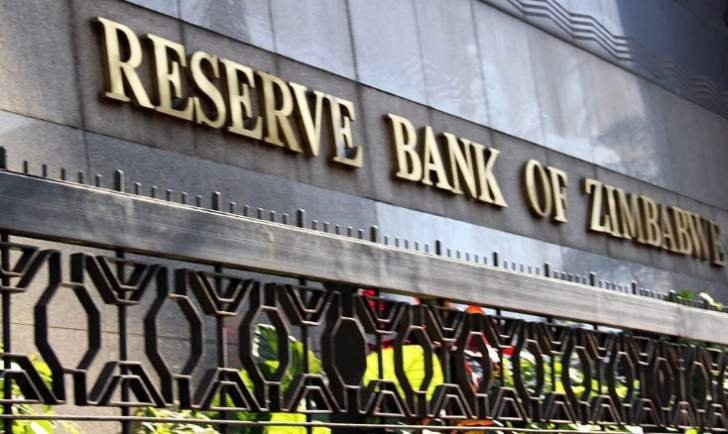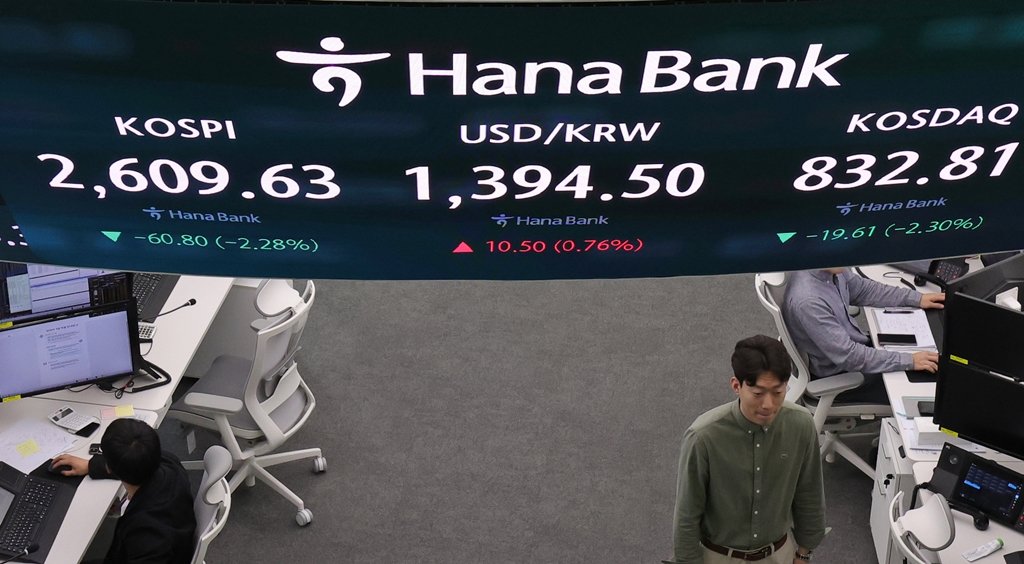Speaking in an interview with Channel Africa on Tuesday, Persistence Gwanyanya explained that although current reserves stand at $980 million, this remains far below what is required for the Zimbabwe Gold (ZiG) to operate as the country’s sole currency.
The present reserve level provides more than four times cover for reserve money, far above the minimum one-to-one backing required, but still insufficient for a mono-currency environment.
Officials stressed that Zimbabwe’s domestic currency must be fully backed by foreign currency reserves and precious minerals to ensure stability and convertibility.
“We need reserves that provide between three and six months of import cover for a mono-currency regime. To achieve that, Zimbabwe would require between 5 and 6 billion dollars. At the pace we are accumulating reserves, we are confident we can reach those levels,” Gwanyanya said.
Monetary authorities emphasised that while reserves are essential, macroeconomic stability is the decisive factor.
“We need durable stability, price stability, and exchange-rate stability to restore trust in the currency. Stability for beyond one year is crucial for the market to accept a mono-currency arrangement, ” he said.
The Reserve Bank attributes the increase to several factors, including:
- A conscious government decision to build reserves
- Growth in foreign-currency income
- Stronger gold and precious mineral reserves
- Higher global gold prices
- Rising export earnings
Gold reserves currently stand at around 3.5 tonnes, and the authorities say the country has benefited from the global gold price rally.
Zimbabwe also continues to accumulate reserves through the foreign-currency surrender system, in which exporters convert part of their earnings into local currency.
“At the rate we are accumulating these reserves, it is quite encouraging. Our exports are increasing, and this is what funds reserve accumulation.”
However, they cautioned that beyond building reserves, confidence in the ZiG and broader economic performance will determine the success of the 2030 single-currency target.
“Our economy has been performing to expectations, and in some cases exceeding expectations, despite external shocks. But stability remains the foundation for trust in the currency,” Gwanyanya said.







